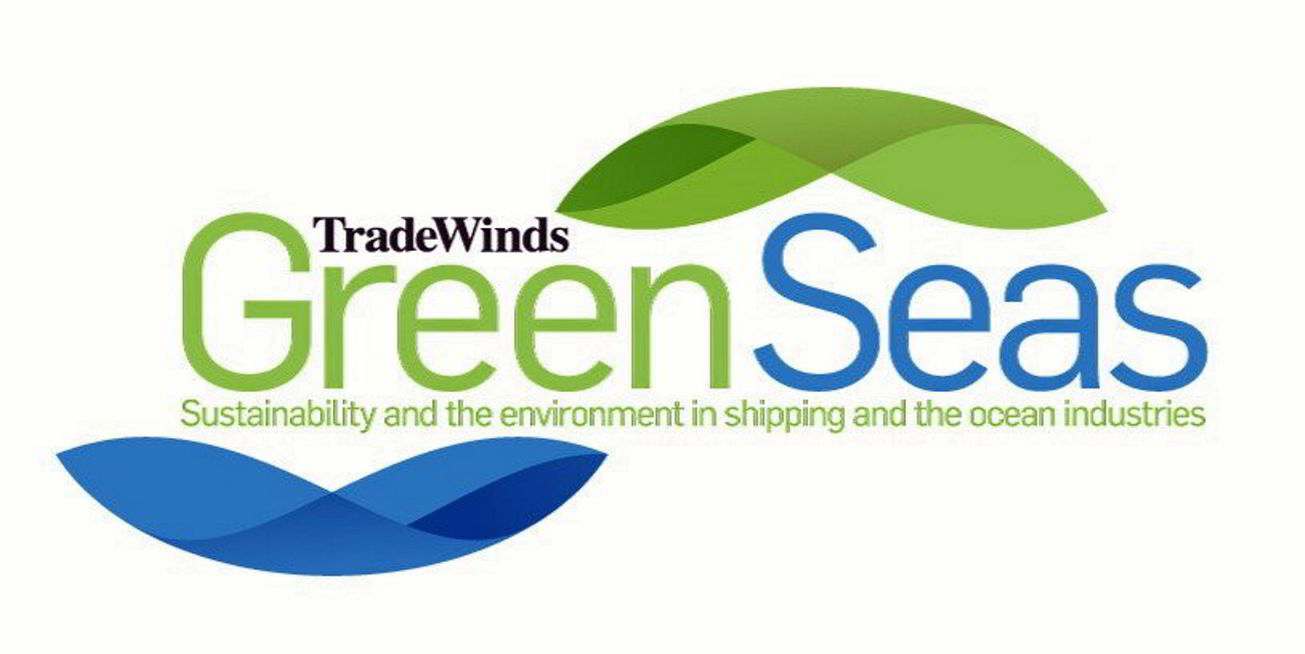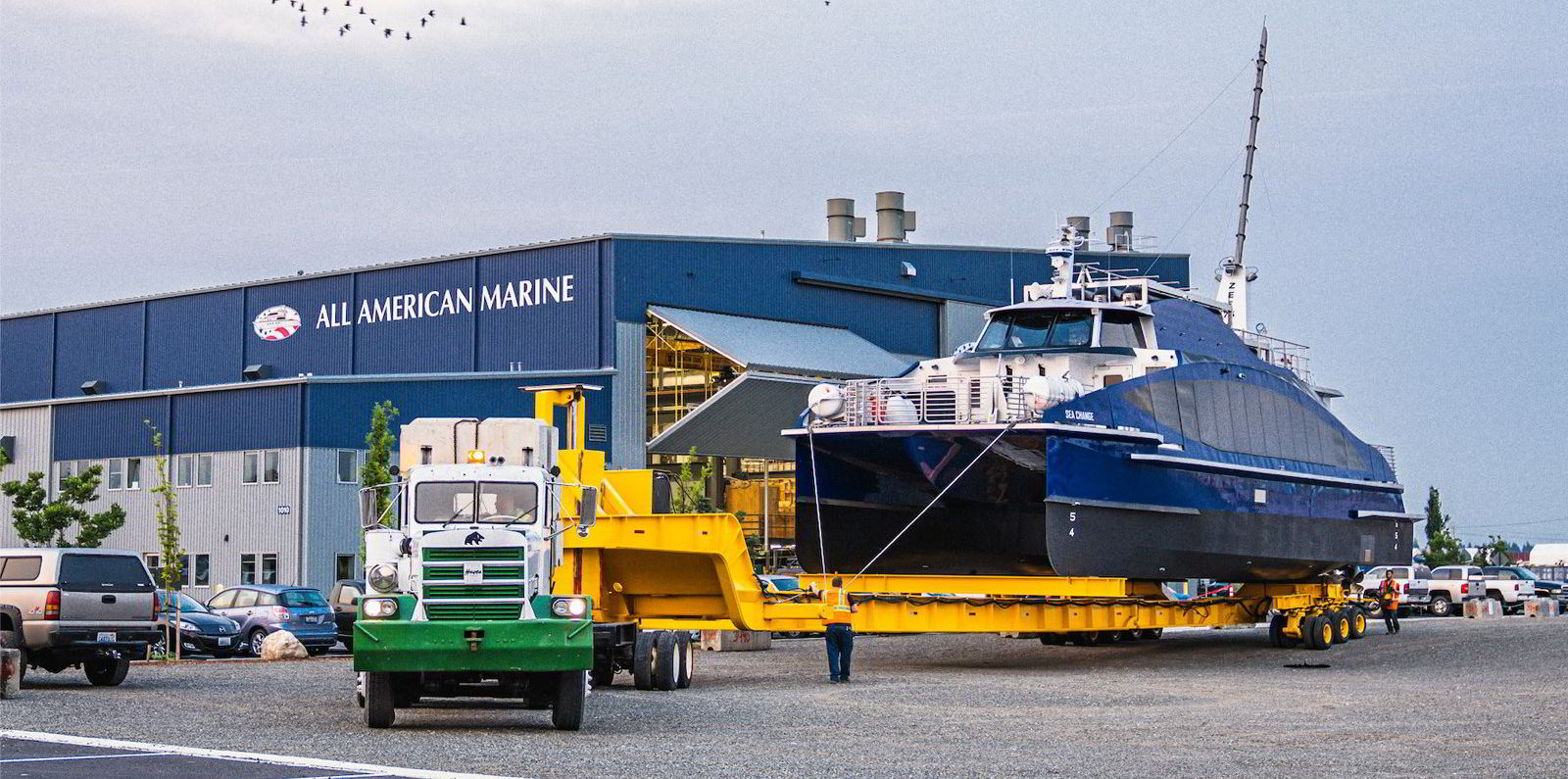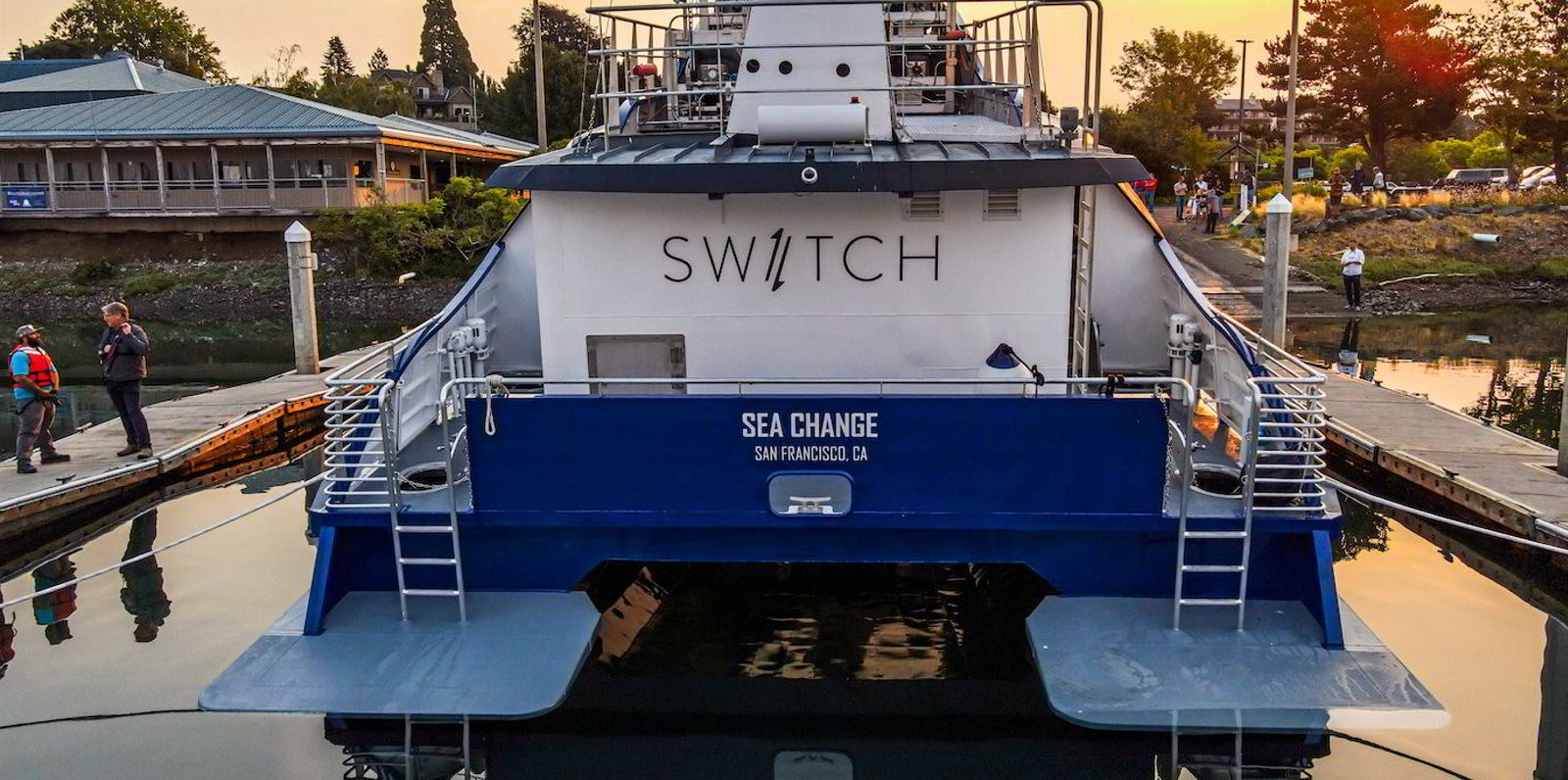For Joe Pratt, the engineer who is chief executive of Zero Emission Industries, the main challenge of developing the first hydrogen-fuelled ferry in the US wasn't technological.

A version of this story appeared as this week's edition of the Green Seas sustainability newsletter. Sign up at tinyurl.com/greenseas.
After all, the 75-passenger Sea Change was designed and built using existing tech, he said.
Instead, a key difficulty that the project faced was regulation — or more specifically, the lack of it.
There is none on the books in the US, or other flag states for that matter, to deal with the use of hydrogen as a marine on ships. Pratt said the applicable International Maritime Organization regulation, known as the International Code of Safety for Ships using Gases or other Low-flashpoint Fuels, only provides a partial solution.
The IGF Code, as the IMO rule is known, is focused on using LNG as a fuel, and there are key differences to the way hydrogen is handled.
As a result, US Coast Guard approval requires a so-called alternative design process for fuels not contemplated by the code.
"I believe we need a real concentrated effort at the flag state level to develop these regulations in a science-based way," said Pratt, adding that flag states also need staff who understand hydrogen technology to review design and construction.

The Sea Change project, which was started by Zero Emissions Industries before the newbuilding was sold to current owner Switch Maritime, proved that it's possible to overcome these obstacles. The ferry is gearing up for a journey from shipyard All American Marine in Washington state to San Francisco, where it will operate.
And the company is looking to do it again, with a project to develop a smaller harbour craft.
But Pratt said the lack of a more robust regulatory framework for hydrogen means building vessels takes longer and costs more, making it harder for larger-scale rollouts of fleets using the fuel.
Changes ahead
The IMO is working to fill the regulatory gap. In April, the UN body's Maritime Safety Committee is scheduled to consider draft interim guidelines for ships using hydrogen fuel cells.
And a subcommittee agreed to start development of guidelines for the use of hydrogen as a fuel.
The regulatory gaps haven't stopped some other first movers, like Belgium's Compagnie Maritime Belge, from taking projects forward.

Elsewhere in the US, tug and barge owner Maritime Partners has teamed up with Elliot Bay Design Group, Ardmore Shipping joint venture e1 Marine and ABB to develop the Hydrogen One, which will use a hydrogen fuel cell.
The company is gearing up to submit its designs to the Coast Guard to secure approval.
But unlike the Sea Change, the Hydrogen One will be fuelled by methanol and will use e1 Marine reformer technology to convert that fuel to hydrogen on board the vessel.
That is aimed at tackling another hurdle: the logistical complexities of using hydrogen as a fuel today. Methanol, by contrast, is already abundantly available on the US inland waterways where the vessel will operate.
"I think everybody would agree hydrogen is the holy grail of energy," said Maritime Partners chief operating officer Austin Sperry. "But the problem is … compressed hydrogen is just not feasible."



